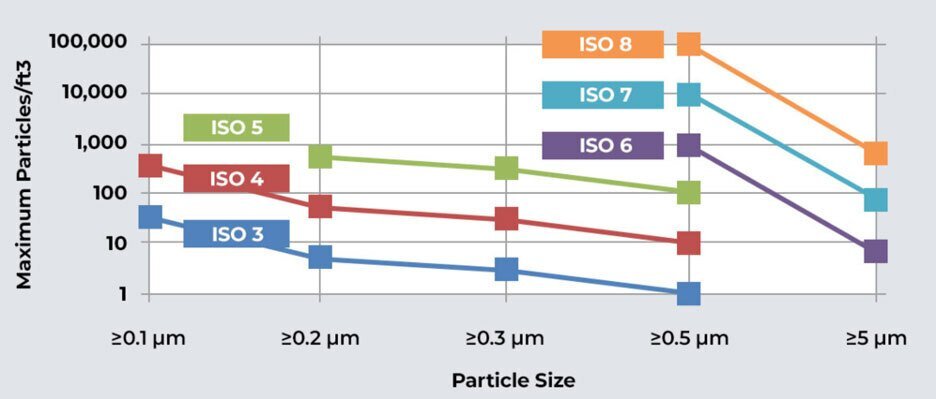Understanding Cleanroom Requirements: A Comprehensive Guide
- 2024-01-24
- View 9
Cleanrooms are essential in various industries where maintaining a sterile and controlled environment is crucial. From pharmaceutical manufacturing to electronics assembly, these specialized spaces play a pivotal role in ensuring product quality and safety. In this article, we will explore the key requirements for cleanrooms covering aspects such as cleanliness standards, design considerations, and maintenance protocols.

Defining Cleanroom Classes
Cleanrooms are classified based on the level of cleanliness they must maintain. The classification is determined by the number of particles of a certain size per cubic meter of air. The most commonly used standard for cleanroom classification is ISO 14644-1. Here are some of the primary cleanroom classes:
ISO Class 1
The cleanest class with the lowest particle count.
Typically used in semiconductor manufacturing and nanotechnology research.
Requires stringent controls to maintain cleanliness.
ISO Class 5
Commonly found in pharmaceutical and biotechnology industries.
Allows for a slightly higher particle count than ISO Class 1 but still demands exceptional cleanliness.
ISO Class 7 and 8
Found in industries like electronics and medical device manufacturing.
More permissive regarding particle counts but still require controlled environments.
Designing a Cleanroom
Location and Layout
The location of a cleanroom within a facility is critical. It should be isolated from high-traffic areas and sources of contamination. The layout should ensure smooth workflow and easy access control.
Airflow Control
Proper airflow is essential to maintain cleanliness. Cleanrooms use a combination of laminar airflow and high-efficiency particulate air (HEPA) filters to ensure that airborne particles are continuously removed.
Material Selection
Materials used in cleanroom construction must be non-shedding and easy to clean. Walls, floors, and ceilings should be made of smooth, non-porous materials that minimize particle generation.
Access Control
Access to cleanrooms should be restricted, and personnel should go through air showers or airlocks to remove contaminants from their clothing and body.
Cleanroom Maintenance
Regular Cleaning
Cleanroom surfaces, equipment, and floors should be regularly cleaned using approved methods and cleaning agents to prevent particle buildup.
Filter Replacement
HEPA filters and ULPA (Ultra-Low Penetration Air) filters need to be replaced at specified intervals to maintain proper air quality.
Monitoring
Continuous monitoring of temperature, humidity, and particle counts is essential to ensure that the cleanroom is operating within the specified limits.
Compliance and Documentation
Cleanrooms are subject to regulatory standards specific to the industry they serve. It's crucial to maintain meticulous documentation of all activities, including cleaning, maintenance, and any deviations from cleanliness standards.
Cleanroom Requirements Conclusion
Cleanrooms are vital in industries where maintaining a contaminant-free environment is imperative. Understanding the requirements for cleanroom classification, design, and maintenance is essential to ensure their effectiveness. By adhering to stringent standards and best practices, cleanrooms can continue to play a critical role in safeguarding product quality and research integrity across various sectors.
